Category: Mormon Arts
-
(Almost) Everyone Gets Battlestar Galactica Wrong….
The most cited article I’ve ever written was also my first professional publication: “Why Your Mormon Neighbor Knows More About This Shows Than You Do” in Battlestar Galactica and Philosophy from Open Court Press (not to be confused with the Battlestar Galactica and Philosophy from Blackwell Press). One reason I wrote that article was that…
-

Sink Me, the Prophet’s a Poet
Joseph Smith rarely wrote poetry, but there are a couple notable exceptions.
-

The Race of the Gods
Traditionally artistic depictions convey deity in the ethnicity of the artist and his/her surrounding culture. Consequently, I’m not going to begrudge early Latter-day Saint art’s depiction of a European Heavenly Father any more than I would a Japanese depiction of Amaterasu looking Japanese. However, as a faith becomes more cosmopolitan it becomes all the more…
-
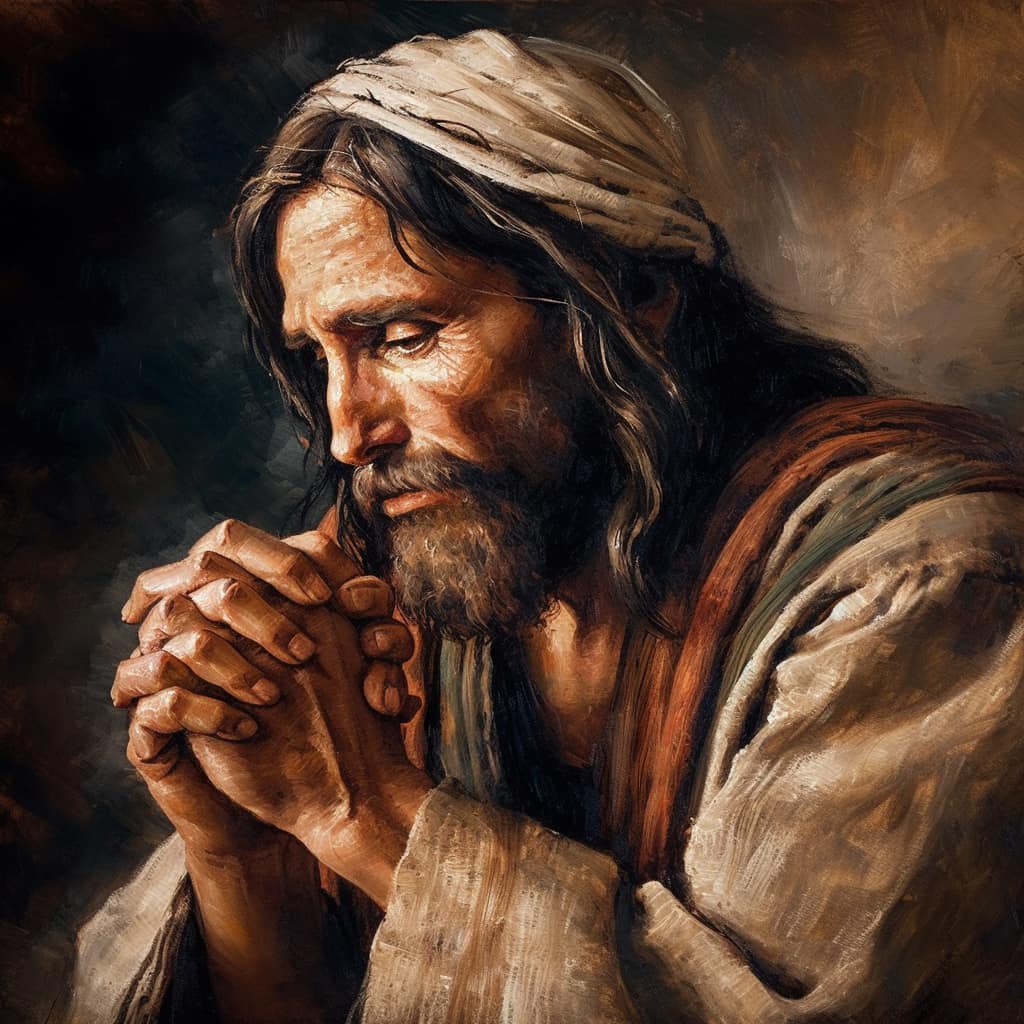
AI Generated Imagery of Repentance, Heavenly Parents, and Moses’ Vision
I haven’t had as much time to produce AI religious art as I would have liked, so this might be it until we get the next version to play around with, but a few insights: AI is actually okay at depicting religious sentiment in art without specific prompts. For example, below is a MJ image…
-

Genesis Chapter 1: Midjourney Edition
Some religious artistic motifs and scenes have been done to death while many have barely been touched. Since text-to-image came online I’ve been cogitating about its possibilities for creating religious artistic imagery at scale for every…single..event in the standard works. However, as I have mentioned before, what we have so far, while great in many…
-
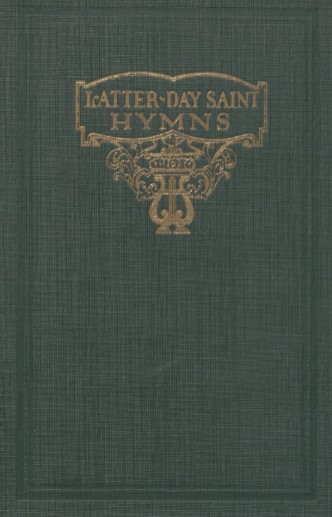
The 1927 Latter-day Saint Hymns
At the start of each year, there is a whole collection of publications that enter the public domain. This year is a relatively big year for people interested in Latter-day Saint song books, since the 1927 Latter-day Saint Hymns, along with a few other song books (the 1927 edition of the Primary Song Book and…
-
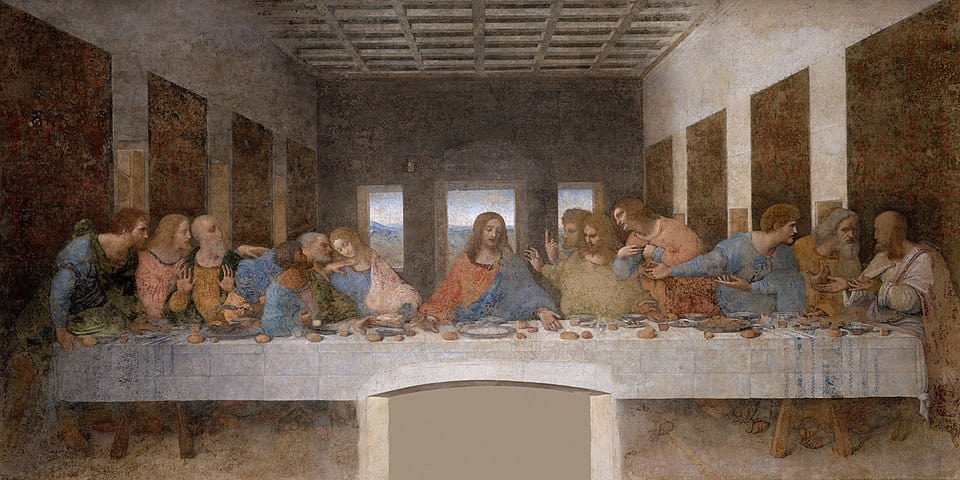
Sacrament Meeting Hymns
Choosing music for sacrament meetings is an interesting responsibility sometimes. One of a few different challenges is that there are only 27 hymns specifically selected as sacrament meeting hymns, so there is a lot of potential for repetition.
-
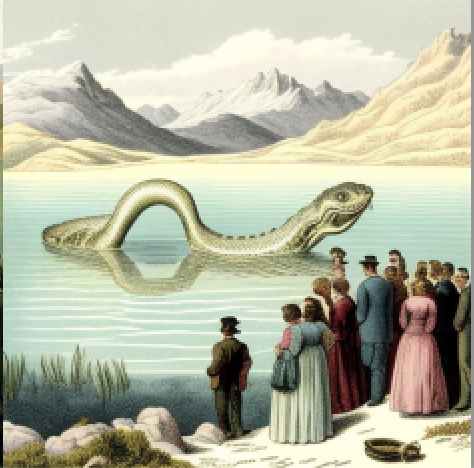
AI Church Art, Part II
A few months ago I presented an initial foray into AI Gospel art. Since then the technology has developed even more; still, I don’t think we’re quite to the point where manual-only artists will be completely out of work, but we are certainly getting there. As far as I can tell, Midjourney appears to be…
-
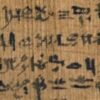
Linguistic notes on the 1843 letter to the Green Mountain Boys
Joseph Smith’s 1843 appeal to the Green Mountain Boys, ghostwritten by W. W. Phelps and published in (the original) Times and Seasons contains a series of foreign language quotations that are interesting not only because they include using the GAEL as a source for Egyptian.
-

VIII. Catalyst theories of revelation
The previous posts have put us in the vicinity of catalyst theories of revelation, but none of the formulations that I’ve seen are adequate for describing the Book of Abraham translation, and I think “catalyst” is the wrong chemical metaphor.
-

VII. The GAEL and Linguistic Typology
The GAEL provides for a mode of interpretation that finds expansive (but not unlimited) meaning in seemingly simple characters. Zakioan-hiash, as we have seen, is both a name, a word with a specific phonetic realization, and the equivalent of at least one sentence.
-

VI. Non-Egyptian Linguistic Influences on the GAEL
Champollion – and Egyptian – aren’t the only influences on the GAEL.
-

V. The GAEL’s Degrees and the Structure of Abraham 1:2b-3
Two related features of the GAEL that have been the focus of the most controversy and puzzlement are how one character might represent much longer English texts, and the GAEL’s use of a five-fold system of degrees to expand a character’s potential meaning.
-

IV. The GAEL and the structure of Abraham 1:1-2a
In his 2009 article, Chris Smith argued for the textual dependence of the Book of Abraham on the GAEL. While Dan Vogel’s recent book about the Book of Abraham and related apologetics strenuously objects to any suggestion that the GAEL was reverse engineered from the translation of Abraham, Vogel nevertheless entirely rejects the basis of…
-
Robert Alter’s Translation of the Hebrew Bible
I’ve always wondered how well the talks of different general authorities translate to other languages. For example, I can imagine that a lot of the alliteration that a few apostles adopt in their addresses doesn’t carry over. And I know from my work on translating Spanish hymns that translating between languages is an inexact science…
-

III. What Joseph Smith Knew About Champollion
With the preliminary deliberations out of the way, it’s time for a close look at the GAEL.
-

II. What Joseph Smith Would Have Known About Champollion
Before we get to the heart of my argument – which is coming up next in a long post with a detailed look at what’s in the GAEL – we need to look at what Joseph Smith and his associates would have known about Champollion and the decipherment of Egyptian hieroglyphics by 1835.
-

I. Putting the grammar back in GAEL
Scholars from seemingly every corner of Mormon Studies agree: While working on the Egyptian papyri, Joseph Smith and his associates were either unaware of Champollion’s recent work to decipher Egyptian hieroglyphics, or simply unaffected by the recent advances in Egyptology. Not only is this position untenable, it’s demonstrably incorrect.
-
R-Rated Sound of Musics, or R-Rated Films for Latter-day Saints
There was a deacon in my childhood ward that badly wanted to be a soldier when he grew up; he went all out with the camouflage, shooting, and playing “steal the flag” in the woods with glowsticks (a piece of rural Mormon culture that I hope does not die with the decline of Latter-day Saint…
-
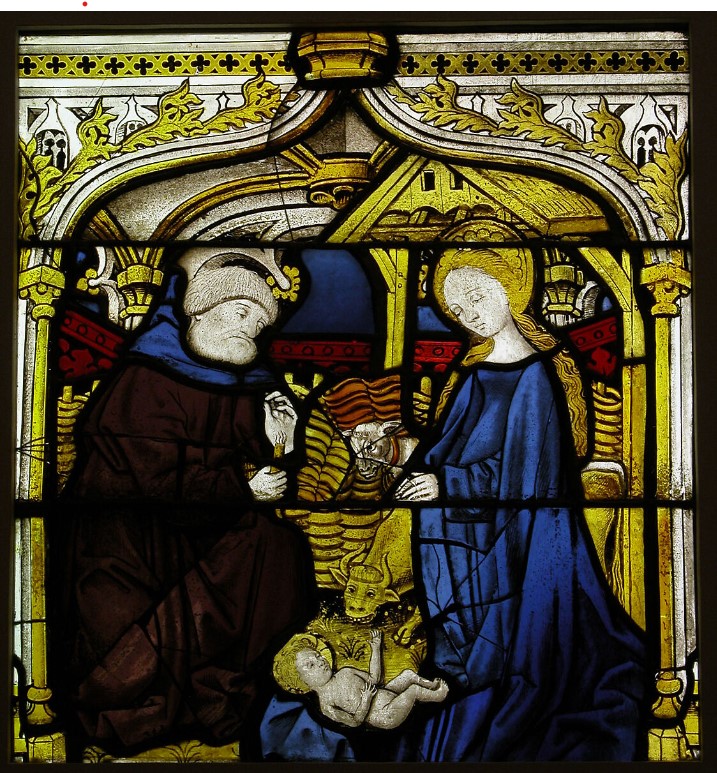
Christmas Carols in the French Hymnbook
A few years ago, I talked about Christmas songs that are included in the various translations of the Latter-day Saint hymnbook that are not in the English hymnal. I’m hoping to share the music and translations of those songs over the next few Decembers, starting this time with the music in the French hymnbooks. In…
-
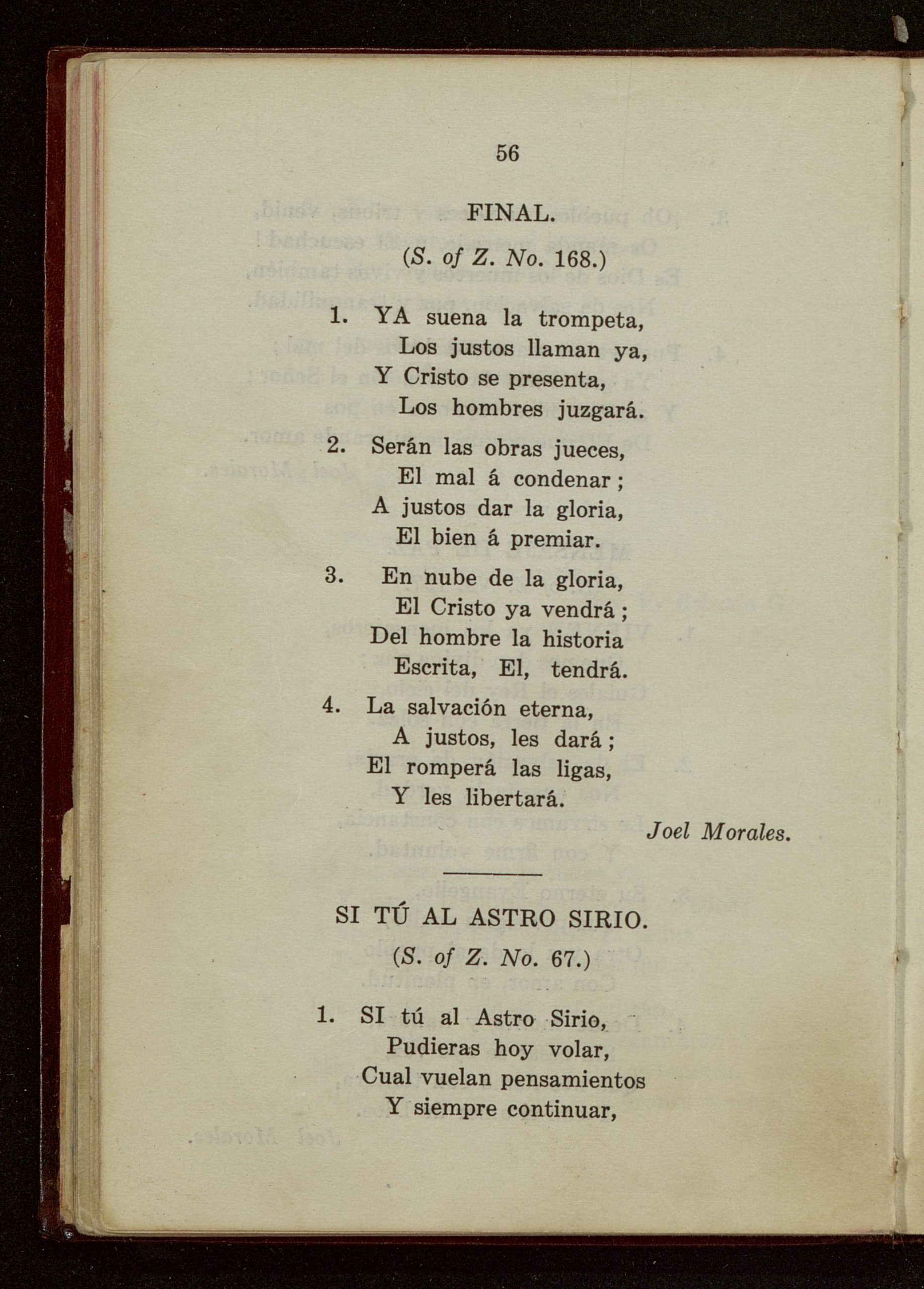
“Final”, Mexican Mission Hymns, Part 9
“Our Savior, Jesus Christ, understands our pains and our afflictions. He wants to ease our burdens and comfort us.”[1] ~Moisés Villanueva Note: This is a part of an ongoing series, the Mexico Mission Hymns Project. Hymn Text: “Final”, by Joel Morales was included in the Spanish hymnals from 1912 – 1992. The 1912 hymnal indicates…
-
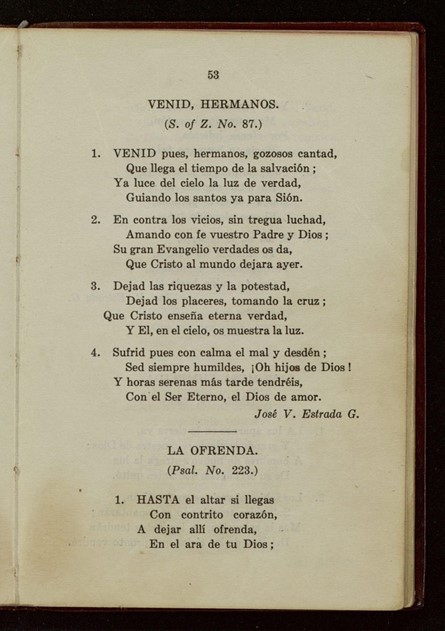
“Venid, Hermanos”: Mexican Mission Hymns, Part 8
To the degree that members of the Church live the gospel and follow the counsel of the prophets, they will, little by little and even without noticing it, become sanctified. Humble members of the Church who conduct daily family prayer and scripture study, engage in family history, and consecrate their time to worship in the…
-
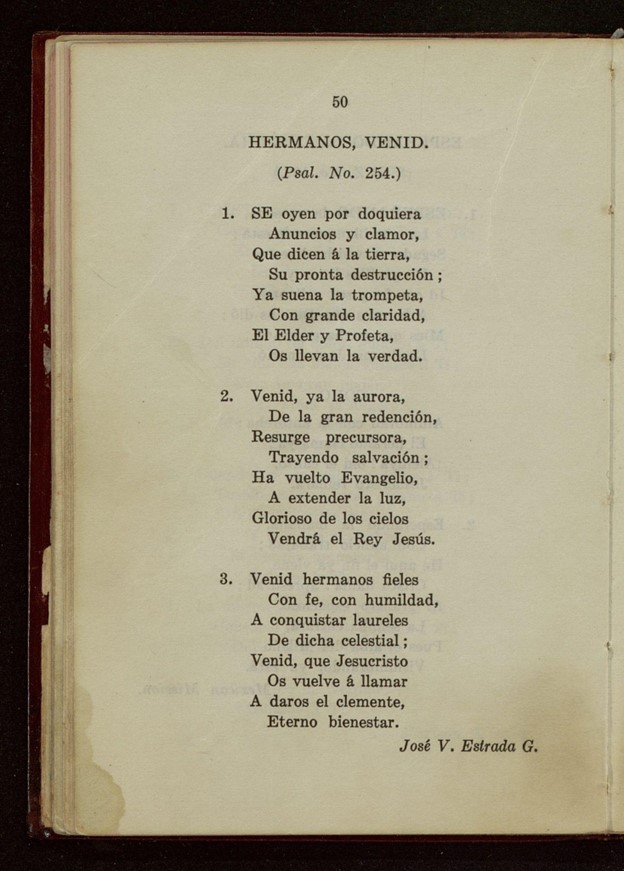
“Hermanos, Venid”: Mexican Mission Hymns, Part 7
Problems form an important part of our lives. They are placed in our path for us to overcome them, not to be overcome by them. We must master them, not let them master us. Every time we overcome a challenge, we grow in experience, in self-assuredness, and in faith.[1] ~Horacio A. Tenorio Note: This is…
-
Clarifications on Uto-Aztecan
This post by Brian Stubbs, a well-respected linguist with numerous publications on the history of Uto-Aztecan languages, is a response to an earlier post by Jonathan Green from 2019. In Times and Seasons, January 6, 2019, Jonathan Green published a post “Uto-Aztecan and Semitic: Too Much of a Good Thing.” A commenter, Steve J,…
-
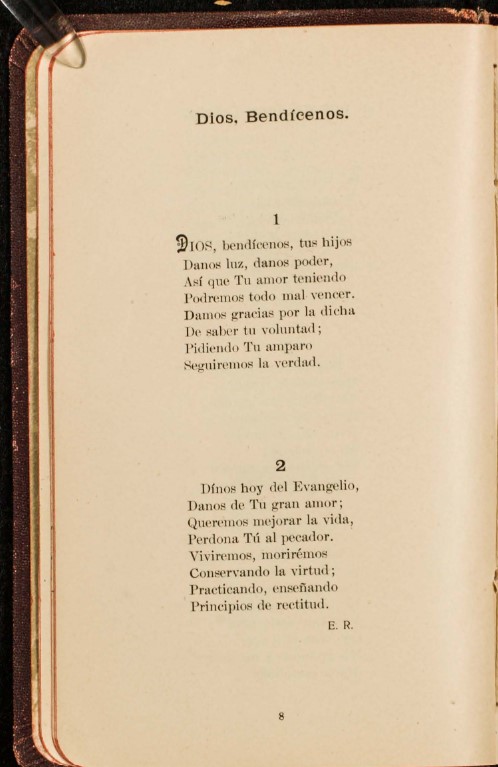
Dios, bendícenos: Mexican Mission Hymns, Part 6
LNote: This is a part of an ongoing series. To start at the introduction, follow the link here. Hymn Text: “Dios, bendícenos”, by Edmund Richardson, is an interesting example of a hymn where it’s not clear if it’s meant to be an original text, a translation of an existing hymn, or something in between. It…
-
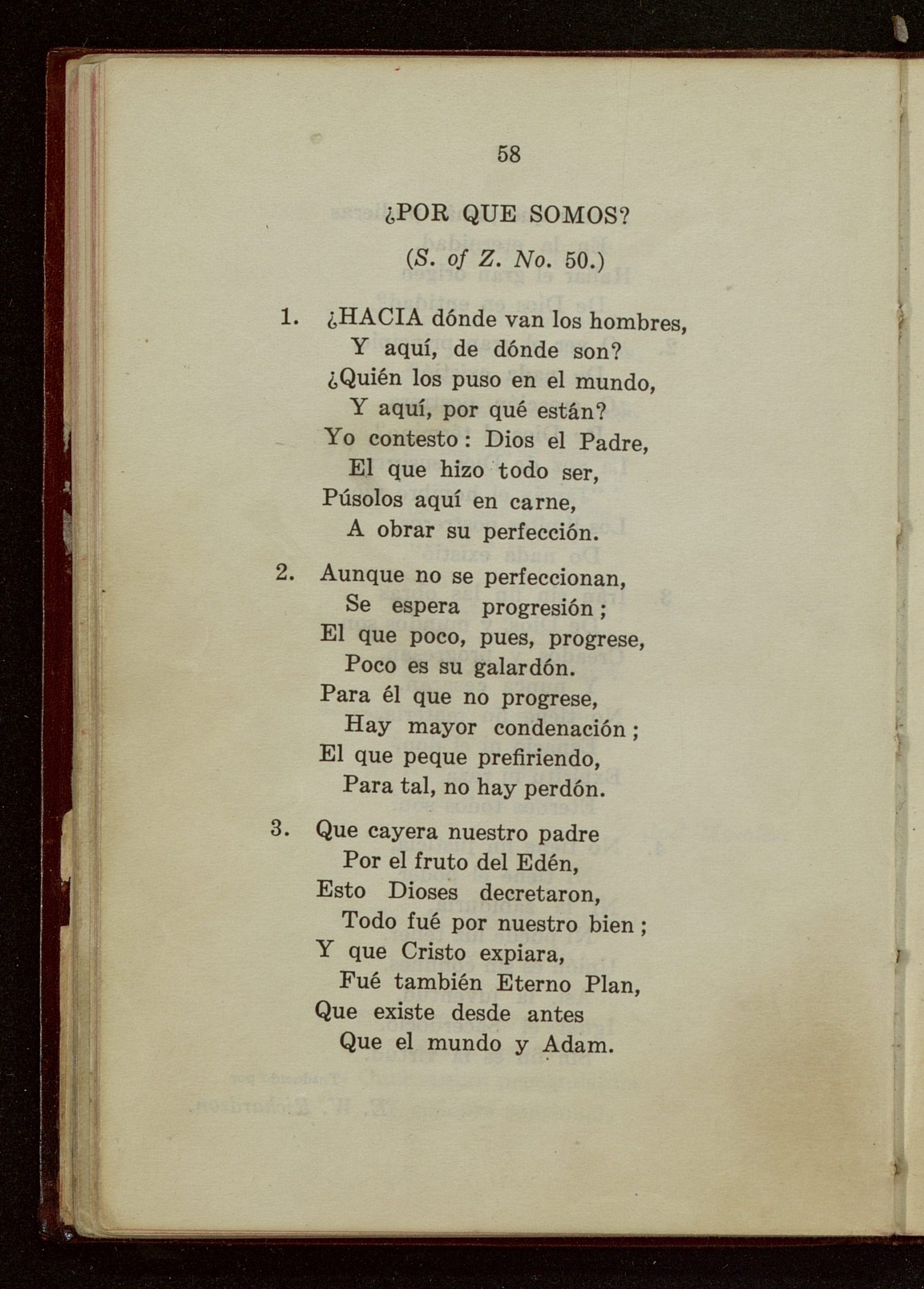
¿Por qué somos?: Mexican Mission Hymns, Part 5
Our Father knows and loves His children all over the world, from Boston to Okinawa, from San Antonio to Spain, from Italy to Costa Rica. In Ghana, President Gordon B. Hinckley recently thanked the Lord “for the brotherhood that exists among us, that neither color of skin nor land of birth can separate us as…
-
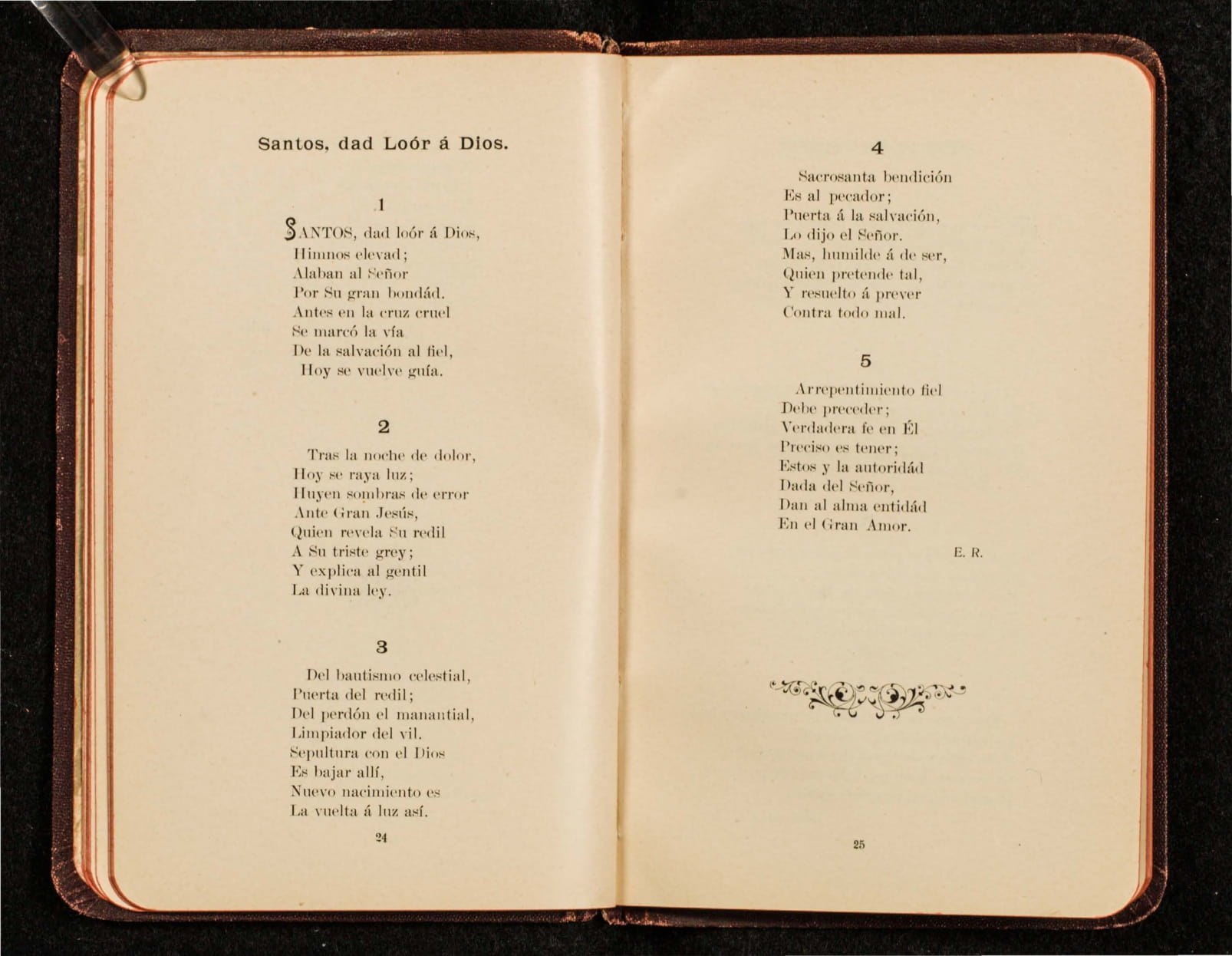
Santos, Dad Loor á Dios: Mexican Mission Hymns, Part 4
What greater power can you acquire on earth than the priesthood of God? What power could possibly be greater than the capacity to assist our Heavenly Father in changing the lives of your fellowmen, to help them along the pathway of eternal happiness by being cleansed of sin and wrongdoing?[1] ~Adrián Ochoa Note: This…
-
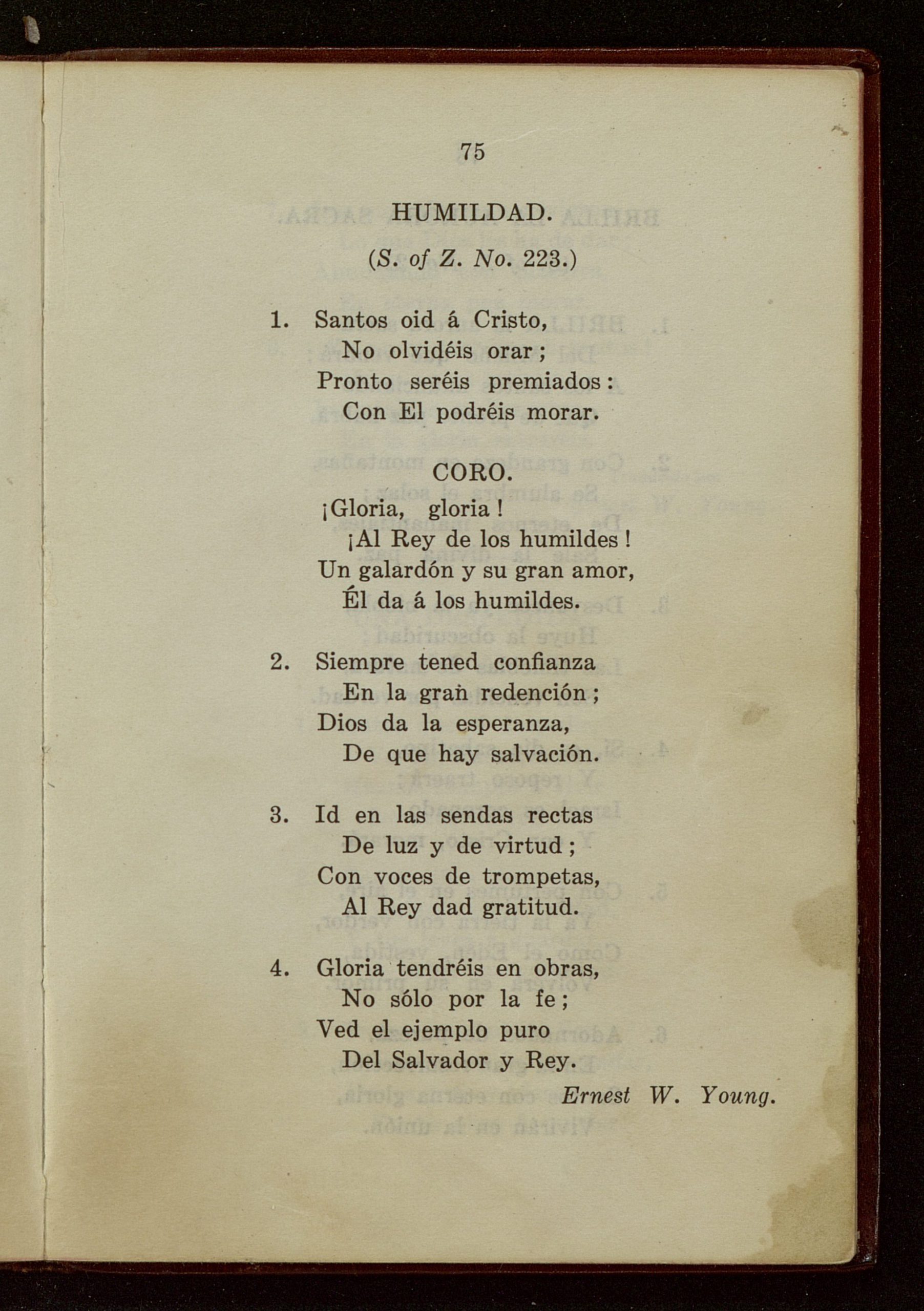
Humildad: Mexican Mission Hymns, Part 3
Oh, beloved brethren! Let us always remember the teachings of the prophets, let us always remember the teachings of our Lord Jesus Christ which he brought us in the meridian of time. Let us remember also his exhortations to our people here in the Americas, which are recorded in the Book of Mormon; let us…
-
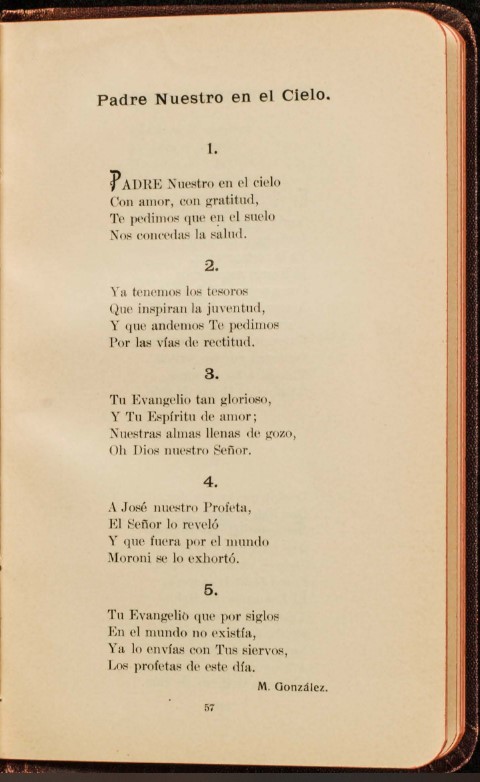
Padre Nuestro en el Cielo: Mexican Mission Hymns, Part 2
Note: This is a part of an ongoing series, the Mexico Mission Hymns Project. Hymn Text: Padre Nuestro en el Cielo by Manrique González was one of the earliest-published Spanish hymns in the Church of Jesus Christ of Latter-day Saints. It was published in the 1907 Mexican Mission Himnario Mormón (p. 57, see Figure 1)…
-
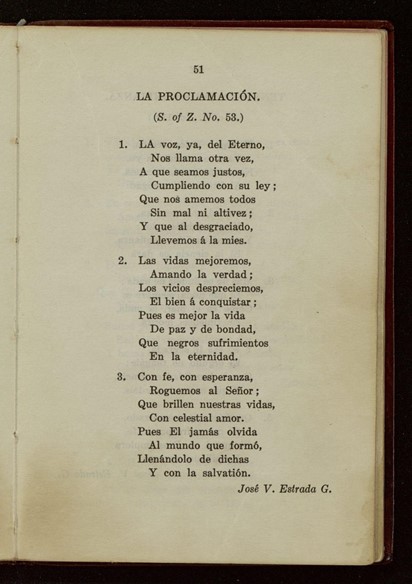
La Proclamación: Mexican Mission Hymns, Part 1
“I know for myself that Joseph Smith was a prophet because I have applied the simple promise in the Book of Mormon: ‘Ask God, the Eternal Father, in the name of Christ’ (Moroni 10:4). In simple words, look up.”[1] ~Adrián Ochoa Note: This is a part of an ongoing series, the Mexico Mission Hymns Project.…
